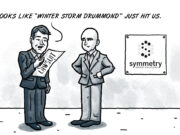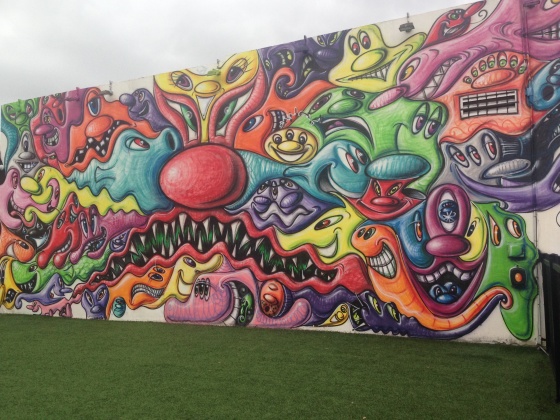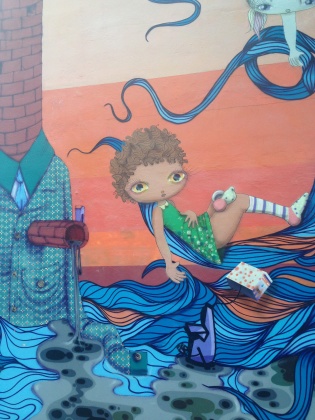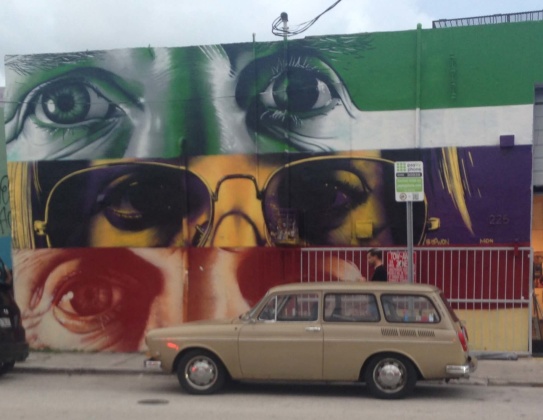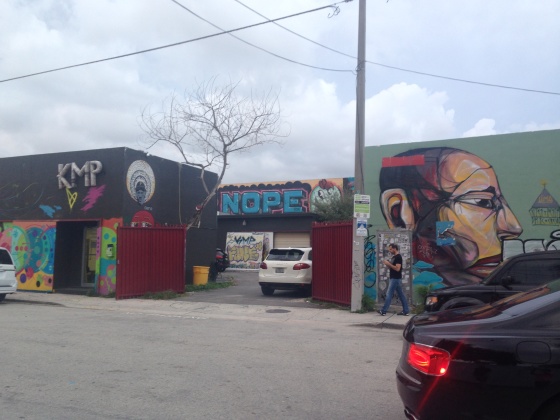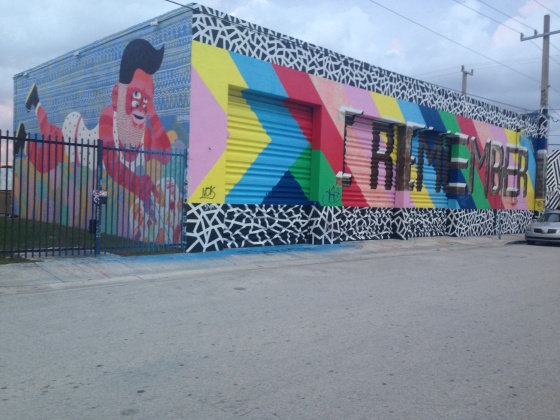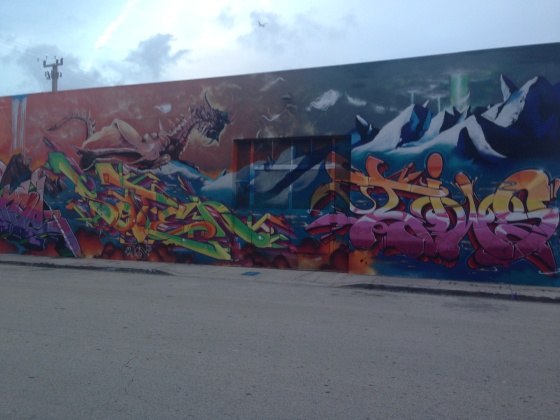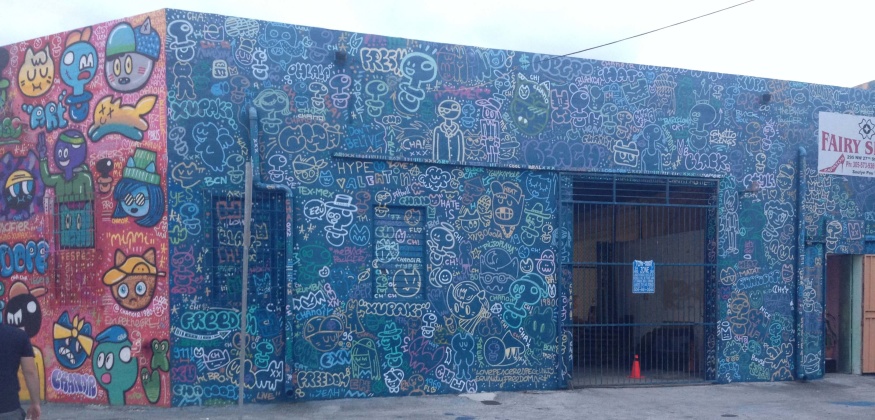
MIAMI — One of my favorite things to do while in a new city is wander around and take pictures of graffiti. Street art. Murals. Tags. I love it all. It reveals a hidden character of the place, be it the turf-greedy soccer hooligans of Poland’s larger cities or the cute-obsessed youth culture of Tokyo.
Recently, a new debate emerged about street art (that is, legally sanctioned graffiti that property owners encourage and curate, much like the Walls on Western or Plaza Alley Walls). I became aware of this debate through a recently published essay by British Academy Postdoctoral Fellow Rafael Schacter, who posits the notion that:
Rather than simply seeping into the mainstream art market (as the case with nearly all once-radical art), street art has been re-purposed to reel the creative class into particular urban spaces. Street art and street artists are today employed (quite literally) to accelerate the process of gentrification and mainline a sense of “authenticity” into a site.
In particular, Schacter calls out the Wynwood Walls area of Miami, Fla.
– probably the most famous and widely-imitated of the thousands of street art festivals that exist today. Established in 2009 by the property tycoon Tony Goldman, Wynwood Walls is widely held to have turned a run-down neighbourhood into a location now famed as much for its nightlife as its art: an area where factories have been converted into galleries, and warehouses into clubs and bars.
But this success has come at the cost of the lives and homes of the local Puerto Rican community. What Goldman famously called “gentlefication” is, of course, nothing of the sort. The art of Wynwood is not only superficial – it is a practice of colonisation: artists arrive (responding to the call of capital), ignorant of local circumstances (and too apathetic to enquire), and create a vibrant veneer which removes any trace of the existing communities.
I see his point, and I agree to some extent, but I still love street art. I like the democracy of it, the free admission, the generosity of the artist to perform his or her craft for the public (although, as in the case of Wynwood and other such developments, name-recognizable artists still get paid). Even the street artists themselves reveal some conflicted emotions about this particular critique.
Regardless of where you fall in this debate, here’s a gallery of Wynwood Walls street art and graffiti from my trip to Miami last weekend.














